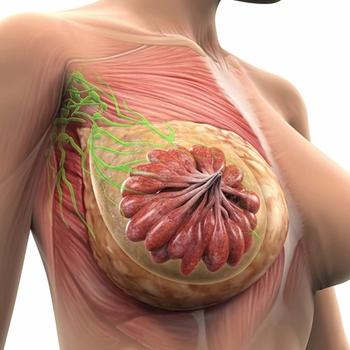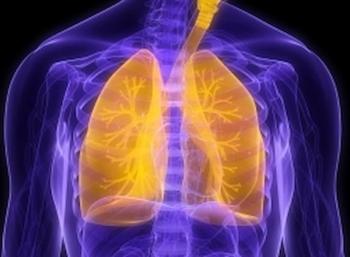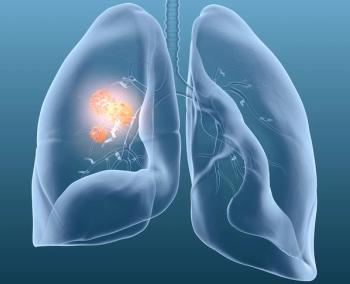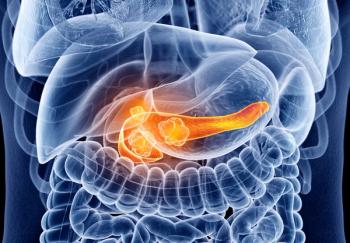
BCMA Levels Shown to Predict Multiple Myeloma Risk, Severity, and Response
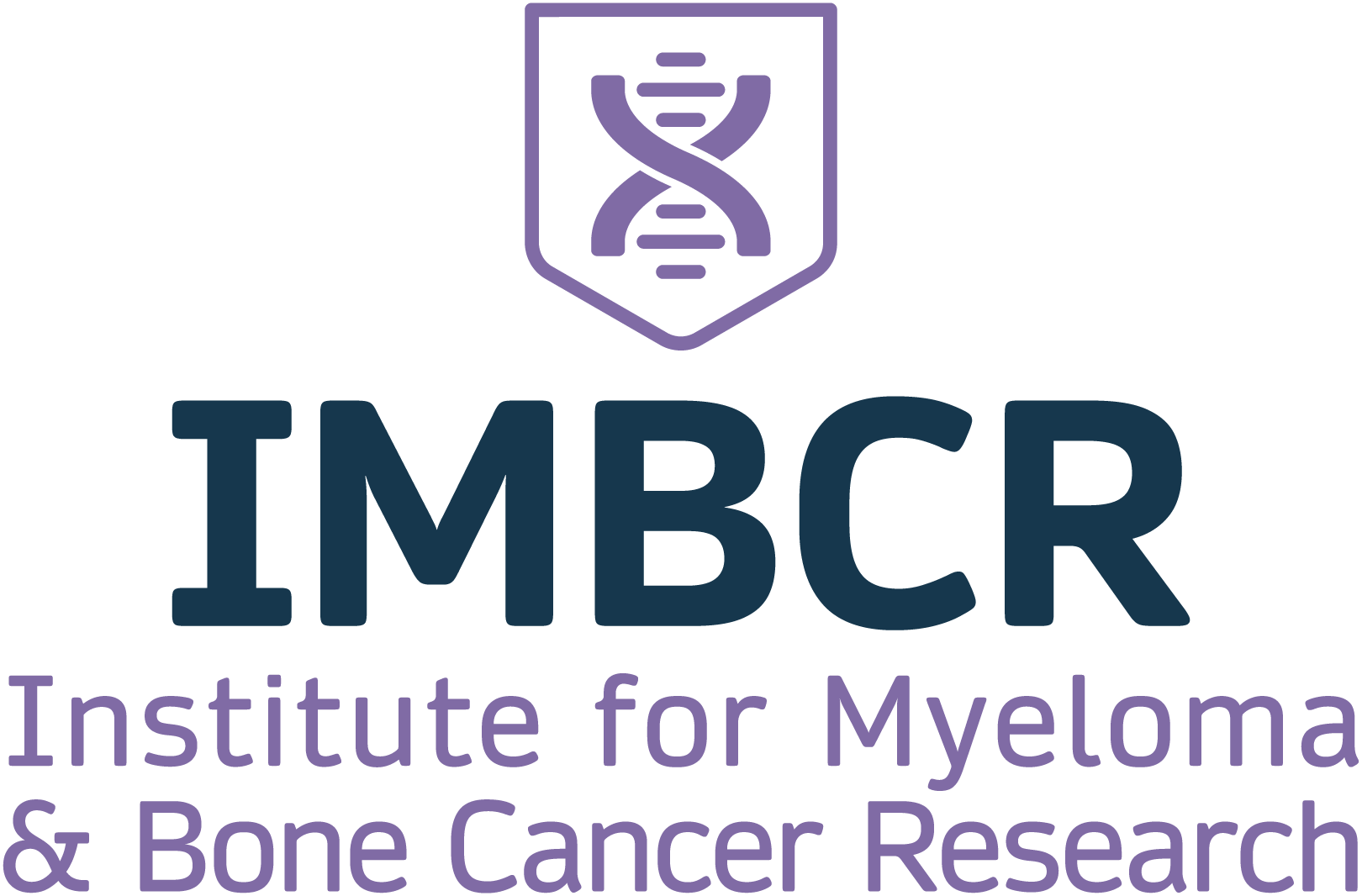
Studies indicate that higher BCMA levels are associated with a greater need for therapy years following diagnosis for patients with smoldering myeloma.
Higher BCMA levels are found in patients with myeloma than healthy individuals, and levels are higher in active myeloma than smoldering myeloma, according to James R. Berenson, MD.
CancerNetwork® spoke with Berenson, founder, medical and scientific director, and president and chief executive officer of the Institute for Myeloma and Bone Cancer Research, and private practitioner in West Hollywood, California, about how BCMA serum is used to assess patient risk for multiple myeloma.
Berenson began by highlighting that BCMA levels were generally higher in patients with multiple myeloma vs healthy individuals. He further iterated that those with active myeloma exhibited higher BCMA levels than those with smoldering myeloma.
Furthermore, he expressed that higher BCMA levels were predictive of needing therapy for active myeloma among patients with smoldering myeloma. This was similar with monoclonal gammopathy of undetermined significance (MGUS), with higher BCMA levels correlating with a greater likelihood of needing to undergo treatment for active myeloma.
Berenson then explained that BCMA levels can be predicative of patient response to treatment. Referencing a study evaluating ruxolitinib (Jakafi) in treating patients with multiple myeloma, he stated that the findings may be pointing in that direction, but that data collection was still ongoing. Berenson concluded by stating that patients with higher BCMA were more likely to need treatment for Waldenström macroglobulinemia, a type of B-cell lymphoma.
One study published in Blood Cancer Journal found that baseline BCMA was significantly higher among patients with MGUS who progressed to multiple myeloma vs patients who did not progress (106.5 [IQR, 78.9-227.3] ng/mL vs 43.7 [IQR, 25.082.3] ng/mL).1 Furthermore, the same outcome was observed in patients with smoldering multiple myeloma (162.7 [IQR, 90.5-511.8] ng/mL vs 101.7 [IQR, 67.4-165.5] ng/mL).
Another study published in Blood found that patients who achieved partial responses or better had lower levels of BCMA than patients with stable disease (P = .03) or progressive disease (P = .0004).2 Moreover, overall survival (OS) was shorter for patients in the top quartile for BCMA level than in the other 3 quartiles (P = .02).
Transcript:
Serum BCMA, [based on] work that we have been doing for over more than the past decade, is much higher in [patients with] myeloma than in healthy individuals. It also is much higher in patients with active myeloma than smoldering myeloma. In fact, the levels that occur in a smoldering myeloma—we know from several studies, including our own—predict the risk of a patient [who is] smoldering; that is a patient who is not starting therapy. It predicts their risk of getting active myeloma and requiring treatment. The higher the level, the more likely they are going to need therapy over the next several years from the diagnosis.
Similarly, in pre-myeloma, monoclonal gammopathy of undetermined significance [MGUS] at baseline––that is the first test that you do––also predicts the risk [based on] studies that we have done with samples from the Mayo Clinic. It is a nice and easy test to predict your chances of moving from either MGUS or smoldering myeloma to requiring treatment for active myeloma.
In addition, we know that the levels of BCMA do predict your chances of responding and how long you are going to respond for. We are now also embarking on a large trial involving one of the drugs that we have been studying over the last several years, a JAK inhibitor called ruxolitinib. It appears that BCMA is quite good at predicting who is going to respond to that drug. We do not have the final data on that [yet], but it looks that way, and [we] soon should be sending that in for publication.
In addition, BCMA, from our recent work, is predictive for patients with Waldenström macroglobulinemia, a type of B-cell lymphoma of a late B-cell lineage, [where] the levels are higher. Also, the amount at baseline predicts whether people are going to need treatment or not.
References
- Visram A, Soof A, Rajkumar SK, et al. Serum BCMA levels predict outcomes in MGUS and smoldering myeloma patients. Blood Cancer J. 2021;11(120). doi:10.1038/s41408-021-00505-4
- Vardanyan S, Meid K, Udd KA, et al. Serum levels of B-Cell maturation antigen are elevated in Waldenström‘s macroglobulinemia patients and correlate with disease status and conventional M-Protein and IgM Levels. 2015;126(23):1778. doi:10.1182/blood.V126.23.1778.1778
Newsletter
Stay up to date on recent advances in the multidisciplinary approach to cancer.


